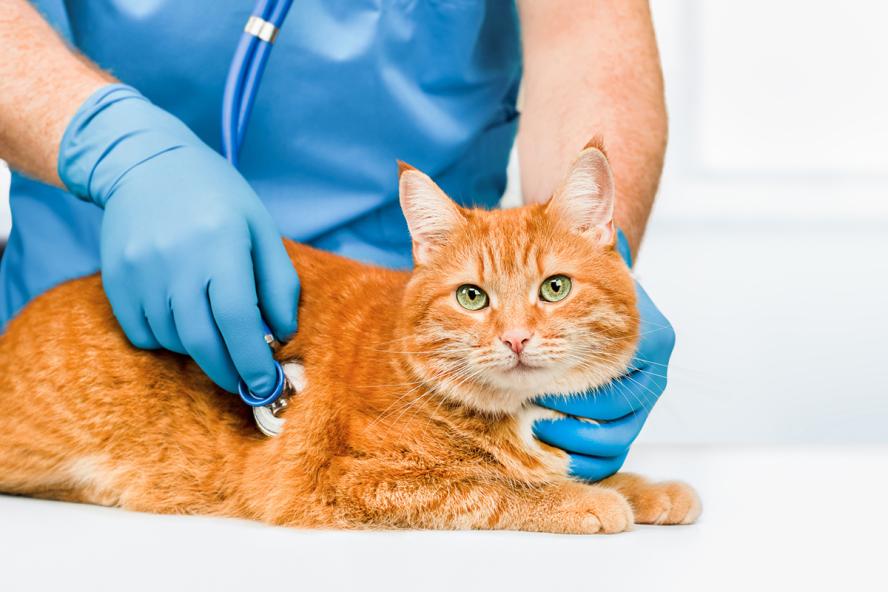“This is the first anti-hyperglycemic medication other than insulin that is effective in cats and diabetic cats,” says Mahony, noting that diabetic cats share similarities with type 2 diabetic people. “Previously, none of the anti-hyperglycemic drugs that have been used in people for type 2 diabetes have shown to be of much benefit in cats, except insulin.”
Of the two approved medications, one is a liquid and the other is a tablet. “Giving an oral medication once daily is a huge improvement over insulin, which is usually administered twice daily by injection,” she explains. “With insulin, there is always a concern that the blood sugar will drop too low, but that risk is minimal with these SGLT2 inhibitors.”
Both medications are more than 80 percent effective with similar side effects. “I have been surprised at their level of effectiveness,” she admits. “My understanding is human endocrinologists were surprised how effective SGLT2 inhibitors have been in people, too. They have benefits for people with congestive heart failure and kidney disease, whether or not they have diabetes.”
The road to successful treatments
According to Mahony, SGLT2 inhibitors were first approved in 2013 for use in humans. “I was encouraged when I learned that this class of medications had some promise,” she says. “Because of their mechanism of action, it seemed like they had potential for diabetic cats.”
Taking advantage of an opportunity to use the medication in 2017, Mahony designed a project with her residents as a research opportunity through a proof-of-concept study. “We wanted to see if this SGLT2 inhibitor could lower blood glucose in diabetic cats,” she shares. “No research had been done with diabetes. The study conducted with five cats demonstrated that it lowered their glucose very effectively.”
Co-authored by Mahony and three colleagues, the research article, “Evaluation of bexagliflozin in cats with poorly regulated diabetes mellitus,” was published in The Canadian Journal of Veterinary Research in January 2022.
Around the same time, a large clinical trial involving numerous private practices was designed, which followed the procedures necessary to seek approval for the SGLT2 inhibitor treatments from the FDA. “Bexagliflozin was approved for use in diabetic cats in December 2022,” she says. The results of the pivotal trial completed for the FDA approval process were published in April 2023.
A separate clinical trial led to the approval of a second SGLT2 inhibitor, velagliflozin, in July 2023. “Both drugs were approved for use in newly diagnosed, but otherwise healthy, diabetic cats,” Mahony shares, as they are not suitable for all diabetic cats, including those who are either currently or have previously been treated with insulin.
Cats on insulin are less likely to be able to produce their own insulin and therefore are at a greater risk of developing diabetic ketoacidosis, which occurs in about five percent of cases. The most prevalent side effect of the new medication, diabetic ketoacidosis, occurs when the body produces excess blood acids (ketones) which could lead to the need for a hospital treatment to either replace fluids and electrolytes or provide insulin therapy.
Because these medications are new, Mahony, among others, has been giving educational seminars to veterinarians. “It works differently than insulin. Cats need to be able to produce their own insulin for this drug to be safe,” she explains.
Overall, Mahony thinks it is fair to say that this is a game-changer in the treatment of cats with diabetes, which is estimated to affect 0.5–1 percent of the feline population. “I think we have a lot to learn but it’s a promising breakthrough,” she contends.
Administered in the form of a tablet or liquid, this has a less negative impact on the owner’s lifestyle, as well. Mahony says, “This medication potentially makes it far less stressful managing a diabetic cat, provided they respond to it.”
